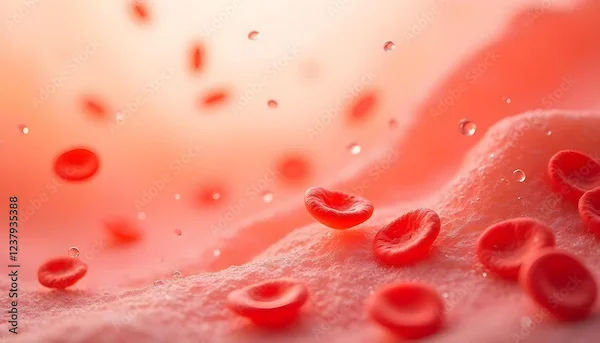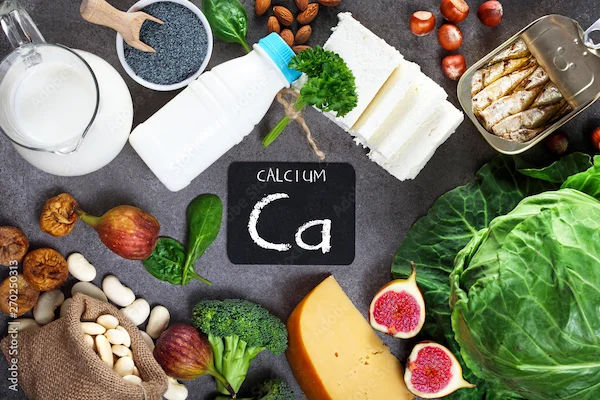Kidney Stone Removal Methods Explained
Explore various kidney stone removal methods, from non-invasive natural remedies and medication to advanced surgical procedures like lithotripsy and ureteroscopy. Understand your options for effective stone treatment and relief.

Written by Dr. Siri Nallapu
Reviewed by Dr. Shaik Abdul Kalam MD (Physician)
Last updated on 11th Aug, 2025

Kidney stones are small, hard deposits that form inside your kidneys and can cause severe pain when they move through your urinary tract. If you or a loved one is dealing with kidney stones, it’s natural to feel worried. The good news is that several effective treatment options are available depending on the size, type, and location of the stone.
In this article, we’ll explain the different kidney stone removal methods in simple terms, so you can understand what to expect and make informed decisions about your health.
Understanding Kidney Stones
Kidney stones form when certain minerals and salts in your urine crystallize and stick together. They can be as small as a grain of sand or as large as a golf ball. Common types include:
Calcium stones (most common)
Uric acid stones (often linked to high-protein diets)
Struvite stones (caused by infections)
Cystine stones (rare, genetic condition)
Symptoms of Kidney Stones
Severe pain in the side, back, or lower abdomen
Painful urination
Blood in urine
Nausea or vomiting
Frequent urge to urinate
Small stones may pass on their own, but larger ones often require medical intervention.
Kidney Stone Removal Methods
Kidney stone removal methods are:
1. Waiting for Natural Passage (Conservative Treatment)
If the stone is small (usually less than 5mm), your doctor may suggest:
Drinking plenty of water (23 liters daily) to help flush it out.
Taking pain relievers (like ibuprofen) to manage discomfort.
Using alpha-blockers (medications that relax the urinary tract muscles to help the stone pass more easily).
What to expect:
Passing a stone can take days or weeks.
Pain may come in waves as the stone moves.
If fever, severe pain, or inability to urinate occurs, seek medical help immediately.
2. Extracorporeal Shock Wave Lithotripsy (ESWL)
Best for: Small to mediumsized stones (5mm–2cm).
How it works:
Uses sound waves to break the stone into tiny fragments that can pass naturally in urine.
Performed under sedation or light anesthesia.
No cuts or incisions needed.
Recovery:
Mild discomfort and blood in urine for a few days.
Most people return to normal activities within a day.
3. Ureteroscopy with Laser Lithotripsy
Best for: Stones stuck in the ureter (the tube connecting kidney to bladder).
How it works:
A thin scope (ureteroscope) is passed through the urethra and bladder to reach the stone.
A laser breaks the stone into pieces, which are then removed.
A temporary stent (small tube) may be placed to help urine flow.
Recovery:
Mild discomfort and frequent urination for a few days.
Stent removal (if placed) is usually quick and painless.
4. Percutaneous Nephrolithotomy (PCNL)
Best for: Large stones (more than 2cm) or when other methods fail.
How it works:
A small incision is made in the back, and a tube is inserted directly into the kidney.
The stone is broken up and removed using special tools.
Requires general anesthesia and a short hospital stay (12 days).
Recovery:
Soreness at the incision site.
It may take a week or two to fully recover.
5. Open Surgery (Rarely Used)
Only in extreme cases (very large or complex stones).
Involves a larger incision to remove the stone.
Longer recovery time (weeks).
Consult Top Kidney Specialists
Preventing Future Kidney Stones
Once you’ve had a kidney stone, the chances of getting another one increase. Here’s how to reduce the risk:
1. Stay Hydrated
Drink 2.5–3 liters of water daily (unless advised otherwise).
Clear or light yellow urine is a good hydration indicator.
2. Dietary Changes
Reduce salt intake (high sodium increases calcium in urine).
Limit oxalate rich foods (spinach, nuts, chocolate) if prone to calcium oxalate stones.
Moderate protein intake (especially red meat).
Eat calcium-rich foods (dairy, leafy greens) to bind oxalates in the gut.
3. Medications (If Needed)
Potassium citrate (for certain types of stones).
Diuretics (if calcium stones recur).
When to See a Doctor?
Seek immediate medical attention if you experience:
Severe pain that doesn’t improve with painkillers.
Fever or chills (sign of infection).
Blood in urine that doesn’t go away.
Difficulty urinating.
If you suspect kidney stones, Apollo 24|7 offers expert consultations and diagnostic tests to help you get the right treatment quickly.
Final Thoughts
Kidney stones can be painful, but with the right treatment, they can be effectively managed. Whether your doctor recommends waiting, ESWL, ureteroscopy, or surgery, each method has its benefits. The key is early detection and prevention to avoid future episodes.
If you’re experiencing symptoms or need guidance, don’t hesitate to consult a specialist through Apollo 24|7 for personalized care.
Stay hydrated, eat wisely, and take care of your kidneys—they work hard for you every day!
Consult Top Kidney Specialists
Consult Top Kidney Specialists

Dr. Manju Kamal
Nephrologist
12 Years • MBBS,MD(General Medicine), DNB,DM(Nephrology)
Angamaly
Apollo Hospitals Karukutty, Angamaly

Dr Vinay Kumar A V
Nephrologist
8 Years • MBBS, MD - General Medicine, DM - Nephrology
Bilaspur
Apollo Hospitals Seepat Road, Bilaspur

Dr. Pardha Saradhi
Nephrologist
9 Years • MBBS, MD-DNB (Gen. Med.), DNB (Nephro)
Hyderabad
Apollo Hospitals D R D O kanchanbagh, Hyderabad
(75+ Patients)

Dr. Kity Sarkar
Nephrologist
15 Years • MBBS,MD(Genl. Med.), DrNB(NEPHROLOGY)
Kolkata
Dr. Kity Sarkar's Clinic, Kolkata

Dr. S Bipin Kumar
Nephrologist
13 Years • MBBS, MD General Medicine, DM, Nephrology
Rajamahendravaram
SG KIDNEY CARE, Rajamahendravaram




